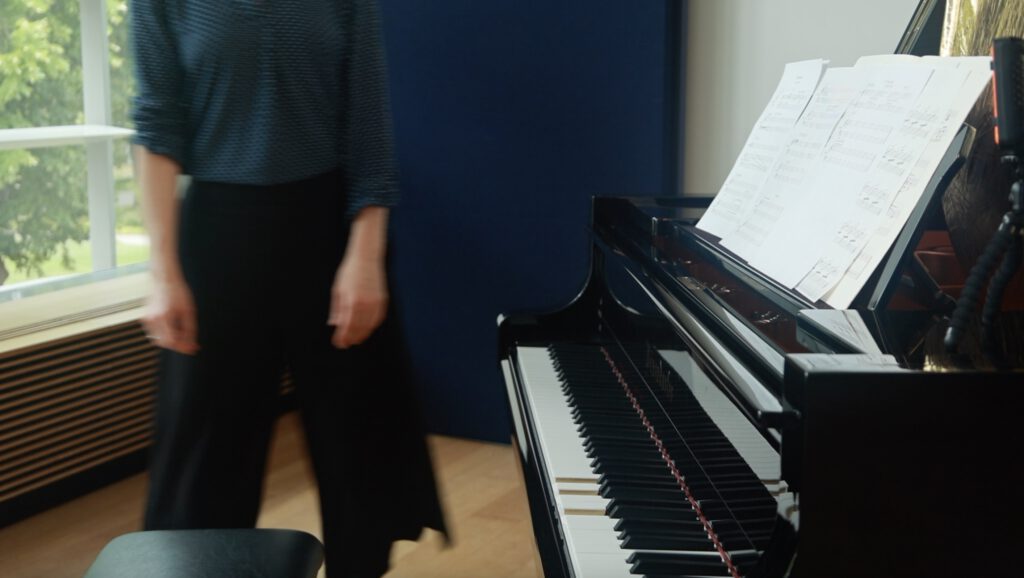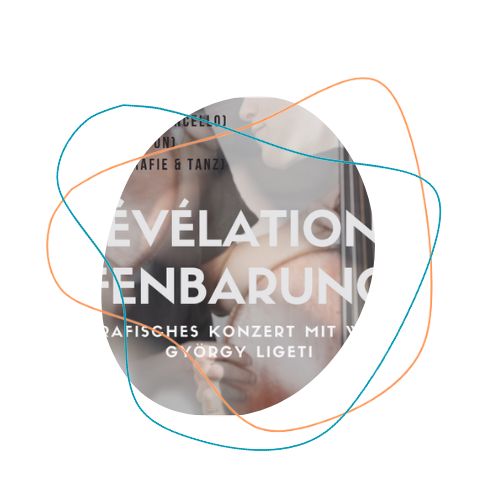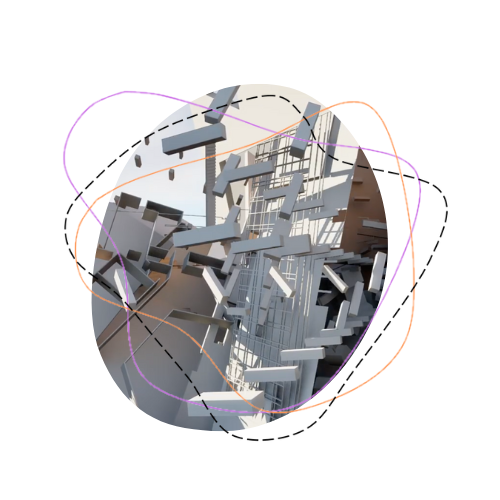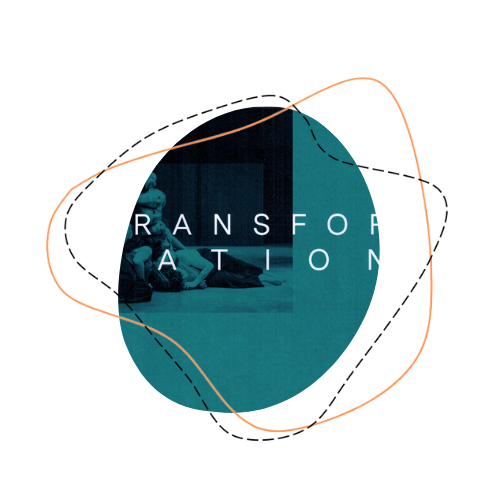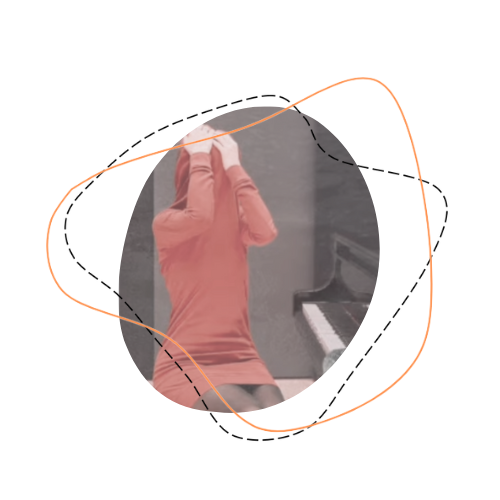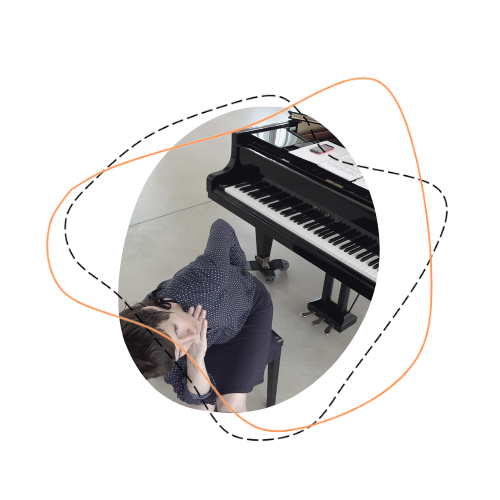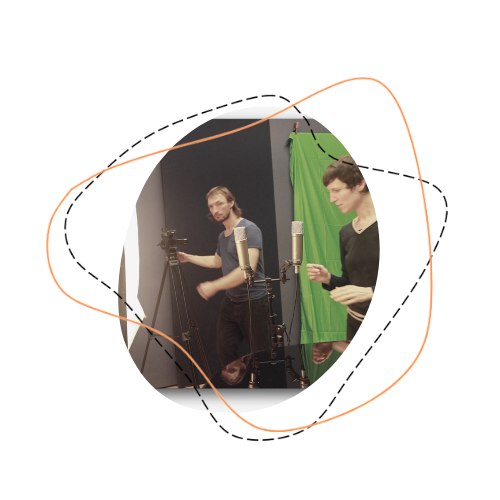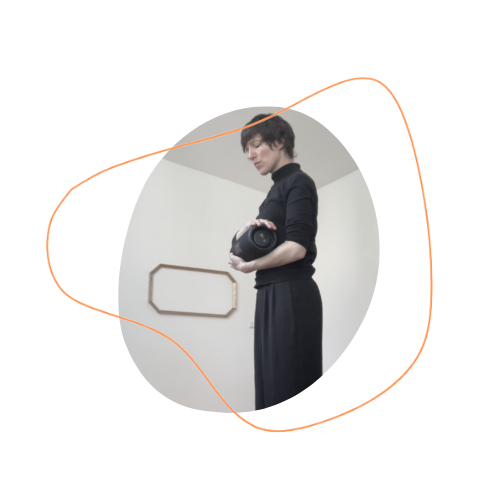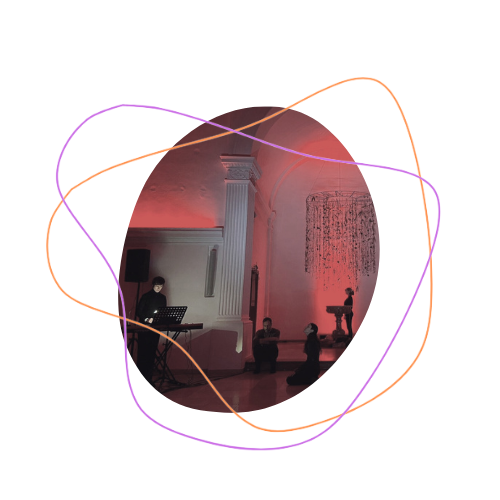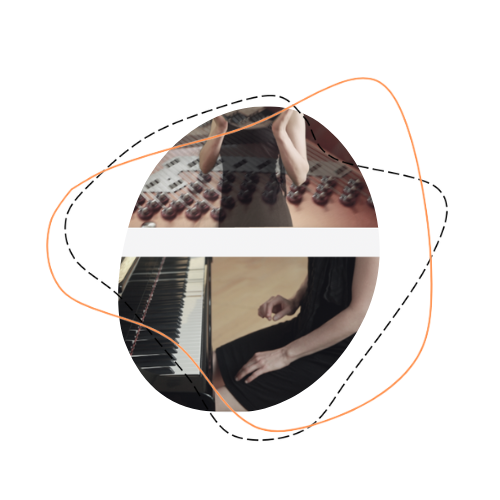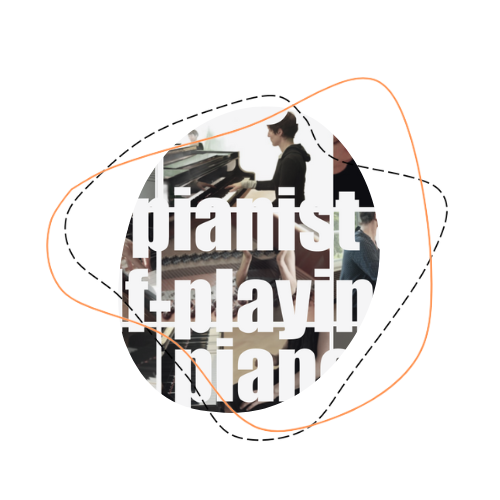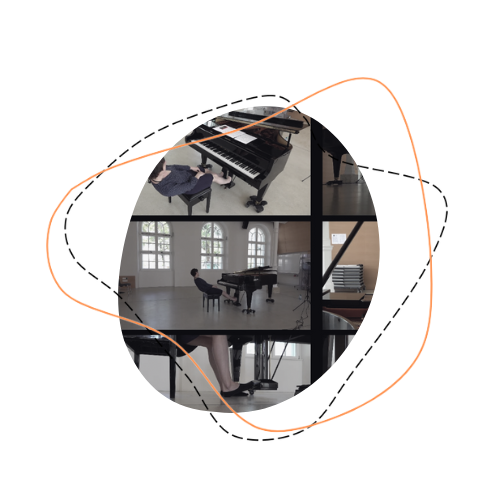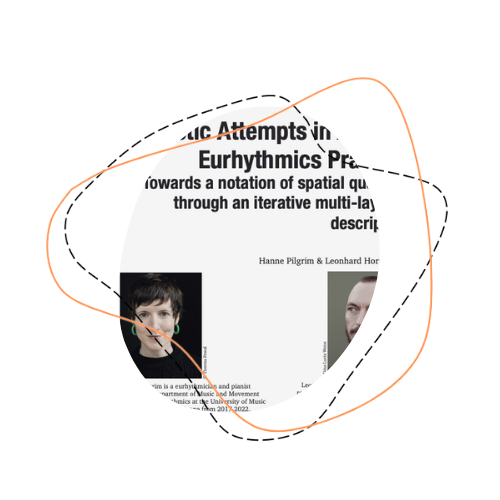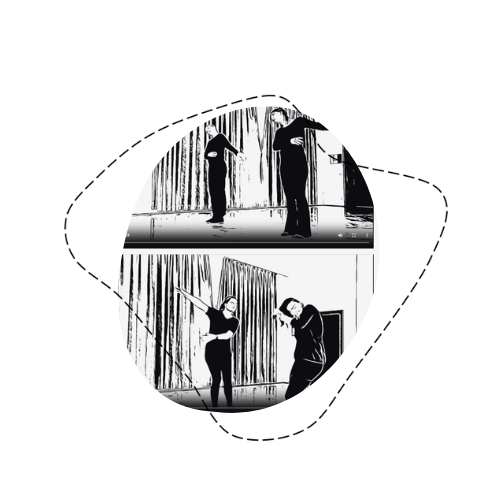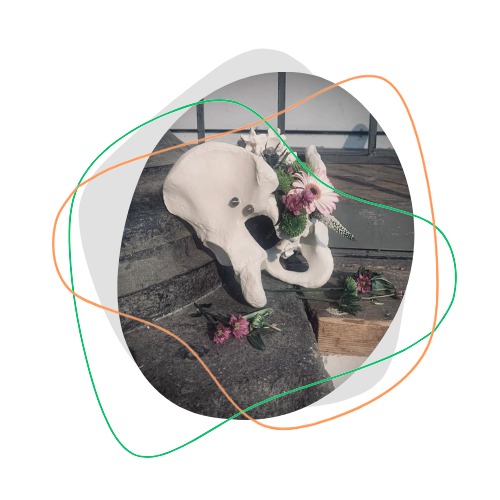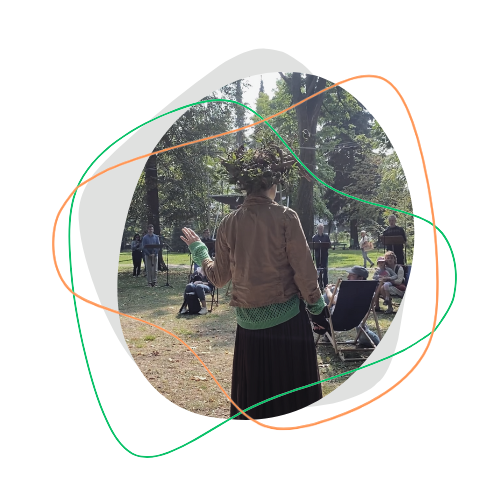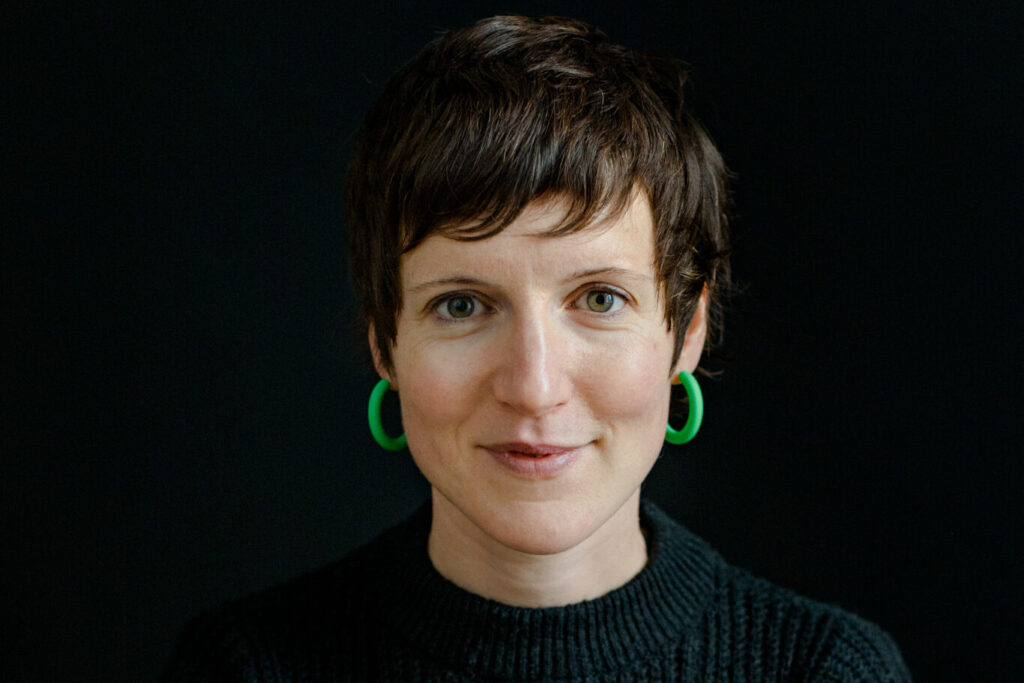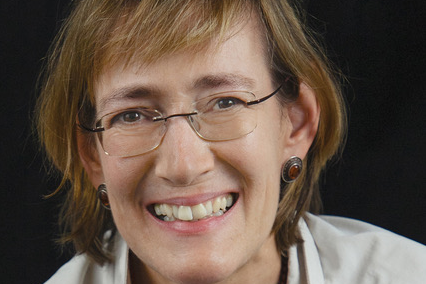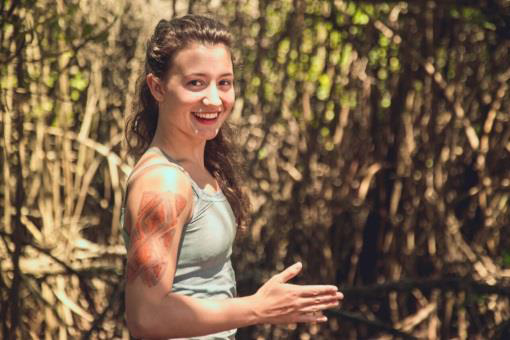How is space being created through the lense of a musical score?
What is in the centre of a eurhythmician’s artistic routine? How is music being expressed as movement in space? Which space concepts are underlying in the music-choreographic formats (see “L’ interpretation corporelle”, Le Rythme 2017) existing in the realm of eurythmics (historically, contemporarily)? How does a eurhythmician apply his/her identities as an instrumentalist/ vocalist in a spatial setting and which kind of audio-corporeal expressions are generated by their body archive as mover-instrumentalists?
Concentrating on intermedial relations between music and movement (see the online exhibition on the topics of relatedness of music and movement and concepts of rhythm by Dorothea Weise 2023), Eurhythmics aims at developing the skills and abilities to connect an inner listening to an outer movement and vice versa: an inner movement to a sound or musical gesture. The interface where movement and music meet is the space, which allows a body to expand, a sound to resonate and to create a particular kinaesthetic awareness (Schroedter 2023, 15.5.). Among the senses kinaesthesia (Sieben 2003), as a proprioceptive system, links the body with space and becomes essential in smooth spaces research. Kinaesthesia not only tracks posture, movement or position of our own body in space but also gives feedback on our movement dynamics, muscle tone, textures of the body systems etc. as intensive qualities of movement. Connecting this idea of kinaesthetic awareness, which becomes a necessary factor for orientation in smooth spaces, how can the act of listening to music or sound (Calissendorf/ Jaresand 2013), the multi-dimensional interactions between listening and moving can become a smooth space research?
EURHYTHMICS study cases:
\ Fractal Lab
Space explorations using the self-playing piano CEUS by Bösendorfer. Learn More
\ Description Lab
Dialectic Attempts of A Eurhythmician And A Complexity Scientist. Learn more
\ Movement Choir Lab
Study of different choral scores that contain movement or scenic elements. Learn more
Here is some of the output originated in this Nullspace:
References
Artacho Bueno, Adrián/ Horstmeyer, Leonhard/ Kupferblum, Markus/ Pilgrim, Hanne (2023, in process of publication): Six memos for a pianist and a self-playing piano – sketches on an artistic investigation of spatial phenomena, in (ed.) Kim/ Schacher/ Schroedter: Handbook Music and Motion, mdw press.
Calissendorf, Maria/ Jaresand, Susanne (2013): A physical interpretation of a score in a listening attitude, Leuven University Press.
Dutkiewicz, Barbara (2023): Plastique animée – embodied music moving in space.
https://doi.org/10.5281/zenodo.7789399
Horstmeyer, Leonhard/ Pilgrim, Hanne (2023): Dialectic Attempts in Artistic Eurhythmics Practice – Towards a notation of spatial qualities through an iterative multi-layered description, Le Rythme 2023.
Pilgrim, Hanne (2022): Fokus als fundamentale Kraft in musikbezogenen Bewegungshandlungen, Fachzeitschrift Rhythmik Schweiz Nr. 41.
Sieben, Irene (2003): Ohne Bewegung gibt es keine Wahrnehmung – warum der Tanz am
Anfang aller Künste steht, Ballettanz, August/ September 2003, S.28.
Schroedter, Stephanie (2023, 15.05.): The Mind is a Muscle – or: the Muscle is a Mind?https://doi.org/10.25624/kuenste-1950
Weise, Dorothea (2023): Relatedness of music and movement. Intellectual Output in the Erasmus+ Project Eurhythmics in Education and Artistic Practice. https://www.kmh.se/in-english/atlas-of-eurhythmics/results-from-the-project/verbs-a-glossary/relatedness-of-music-and-movement.html and https://www.atlaz.space/atlas/2Z49CWb3bEZgpZ8JE/item/fS5eKQwNa7GdD6aMf
